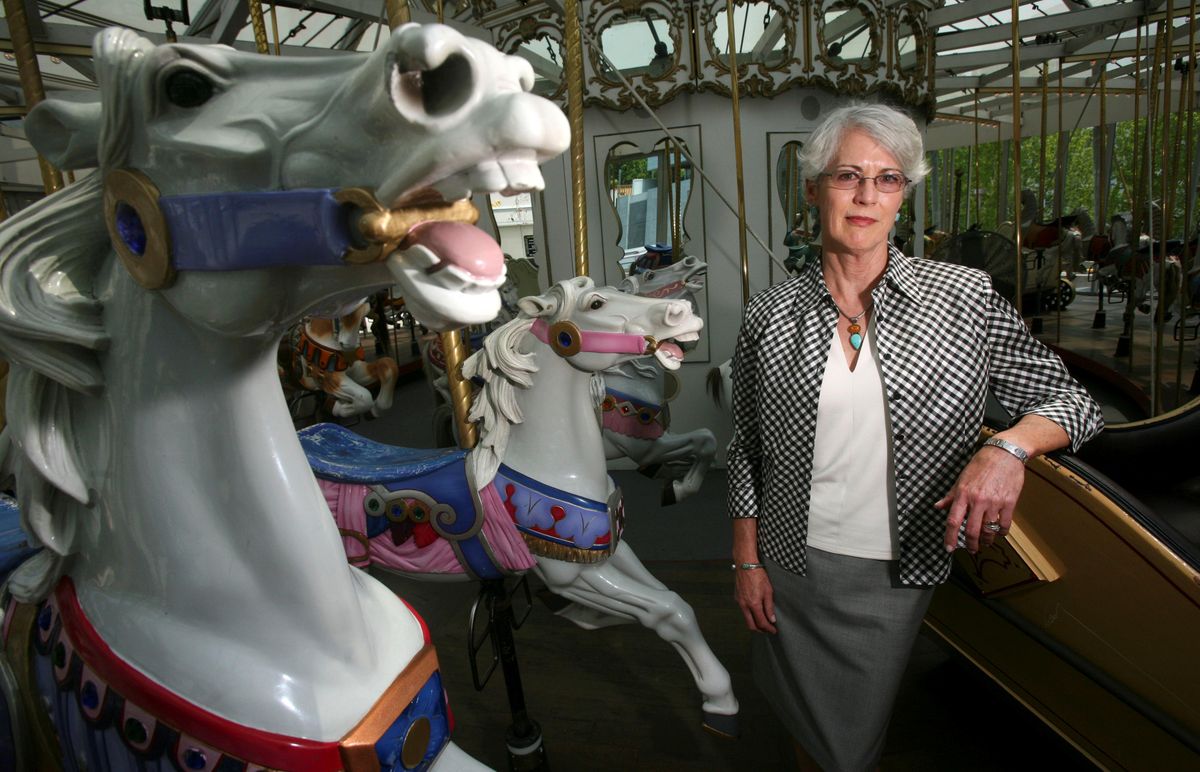Donation jitters
Economy may take toll on charities

NEW YORK – Charities are bracing for a decline in donations as the faltering economy takes its toll on pocketbooks.
Nonprofit leaders are fretting over donor lists to figure out how they will find the money to run educational programs, deliver food to the needy and pay basic expenses such as health care and mileage reimbursements for employees. Many are creating alternate budgets to account for a lower level of donations they expect this year.
“If X happens, we’re ready. If Y happens, we’re ready,” said Anne Corry, associate executive director of New York Cares. Corry said that while the organization had a $300,000 surplus in the fiscal year that just ended, she expects less this coming year and has projected a flat budget for the first time since 2002.
“We haven’t seen it yet, but we’re planning to see it,” she said of a reduction in individual gifts from donors.
A recent survey from Giving USA shows rising concern about the economy among charity officials. The survey included 366 charity groups in the public-society benefit sector – groups that collect money for distribution to other groups.
It found that 53 percent expected the faltering economy to reduce giving in 2008. In 2007, only 31 percent said they expected the economy to have a negative impact. Also, 47 percent said the stock market would lead to a drop in donations in 2008, versus 22 percent last year.
For many donors, the choices are difficult.
Annemarie Clark, who works at a San Francisco graphic design firm, said the only way for her to maintain her past levels of charitable donations was to cut back on personal expenses like clothes and travel.
Clark decided she would cut her personal shopper and nix a planned trip to New York. That was so she could maintain her yearly pledges to Zeum, a children’s museum; KQED public radio; and the Redwoods, a seniors community in nearby Mill Valley. She said it was more important to give up “things that aren’t absolutely necessary.”
Still, that wasn’t enough. Clark halted her donations to a handful of other charities outside of her top three. Many nonprofit arts and social service groups are fearful that other donors will do the same.
Overall, high prices for food and gas are expected to lead to a decrease in donations from people who have less of a financial cushion.
“I’m guessing we’re going to see some falloff at the lower end of giving, because if people have to make a choice between filling up their gas tank and writing a check to their local charity, we know where that money’s going to go,” said Edith Falk, chief executive of nonprofit consultant Campbell & Co.
Charity officials are waiting for the giving season that begins in the fall and wraps up at the end of the year to get the best sense of how they will fare this year.
While 2007 donations stayed at 2.2 percent of gross domestic product, according to a yearly study from the philanthropy-tracking Giving USA Foundation, individual giving dropped by 0.1 percent on an inflation-adjusted basis to an estimated $229.03 billion. Individual giving accounts for the biggest chunk of total donations.
Meanwhile, inflation is hammering nonprofits like the United Food Bank in Mesa, Ariz. One case of macaroni and cheese, a staple for the food bank, now costs $8.48 – a 44 percent increase over the $5.86 it cost last year. And a case of canned pineapple is up 14 percent, to $13.55 from $11.86, said Donna Rodgers, the food bank’s director of resource development.
Transportation costs – thanks to $4-plus gas – are also rising.
The agency hasn’t seen a drop in total cash collected, though there has been a decline in the average size of gifts, Rodgers said. That means more people are giving but they can’t afford to give as much.
Glenn Jetton has given a cash donation each week to the food bank. But his temporary job as a rail inspector is ending next month – and, for the time being, so likely will his contributions.
“I kind of have the feeling I’ll probably stop for a while, until I figure out my cash flow,” Jetton said. When the 67-year-old philanthropist gets his next job, though, he plans to start giving again.